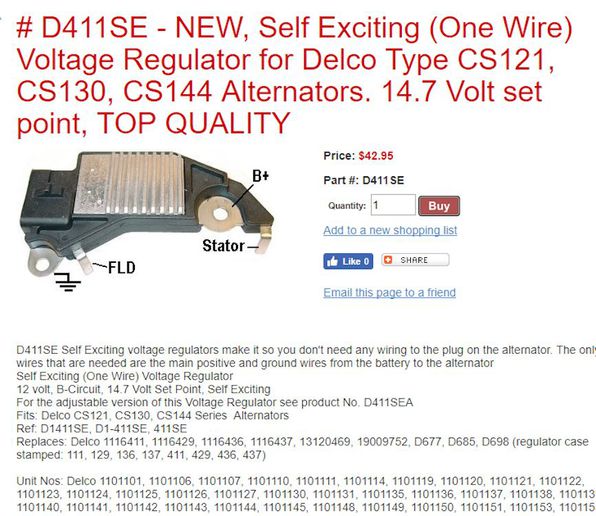Have a David Brown 885 on which a previous owner replaced the Lucas alternator with a GM CS series unit. I have used the GM 10SI as a one-wire alternator on a tractors before but not the CS. My understanding is that unlike the 10SI the CS family of alternator can be either self-exciting or needs to be excited at start-up through the "P" pin on the plug. The "installer" twisted all four wires from the plug together and taped them to the wire going to (I think) the voltmeter. The voltmeter does not show more than battery voltage unless the engine is running at 1400 RPM or more.
Has anyone used the CS alternator successfully who can explain the self-exciting/non self-exciting aspect and give me some direction on wiring one as a "one-wire" alternator correctly?
Has anyone used the CS alternator successfully who can explain the self-exciting/non self-exciting aspect and give me some direction on wiring one as a "one-wire" alternator correctly?


